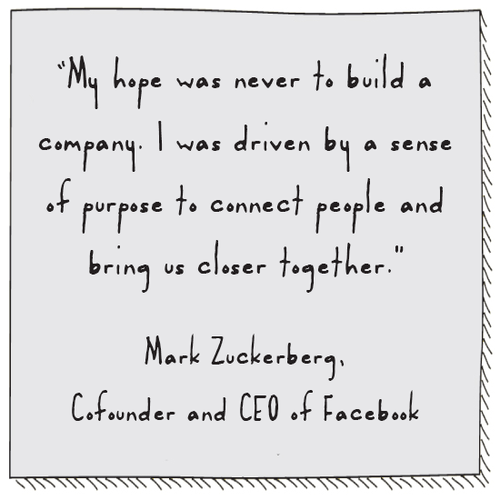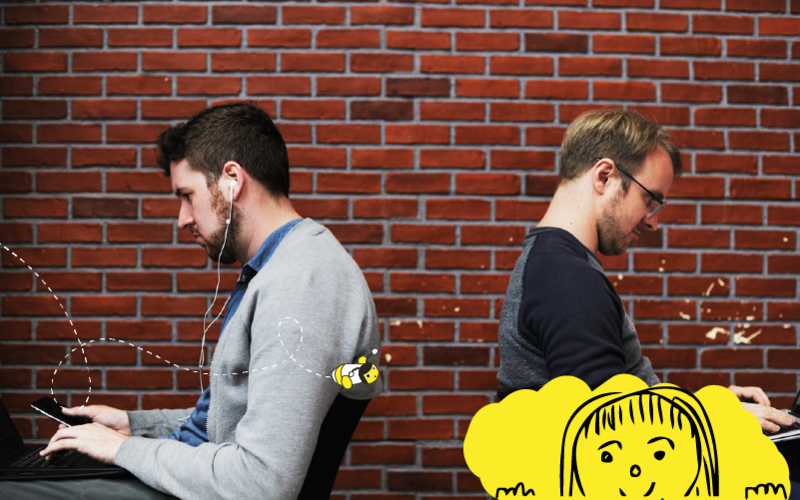There has been a lot written about company culture in recent times with remote workforce, our ageing workforce and artificial intelligence replacing more mundane jobs being frequently mentioned topics.
In a talent tight market, employers and businesses have a part to play in ensuring we are creating places of work where people can see what is possible, where they can bring their whole selves to work and where they can flourish. So how is this encouraged? What are some of our options and how will they affect our workforce?
In speaking with many architectural professionals in my work throughout New Zealand every week, We can assure you the subject of the future of workplace design is attracting a lot of attention. Due to confidentiality, I’m unable to disclose who specific comments came from, however they do capture the general flavour of these many conversations.
Diversity is All Around Us
Our workforce is made up of a myriad of cultures, various degrees of ableness and the age of the working population is varied including everything from Millennials to Baby Boomers. Law and design changes have seen workplace designs cater more effectively for diversity, particularly for those with disabilities.
The aging workforce is also forcing an assessment of what needs to be offered as everyone has different needs at different stages of their life. It’s about understanding what those needs are at various life stages.
As an example, a 20 something without children may be a real advocate of public transport, doesn’t want to own a car and wouldn’t be wanting a carpark, thank you very much. Whereas a 30 something parent does want a carpark and flexible hours to enable leaving the office on time to get to Child Care pickups, or whatever it is for them.
People who thrive on structure can struggle with unassigned desking, commonly referred to as hot desks; whereas those who love a change of scenery on a regular basis are vitalised by such a set up.
When it comes to innovation, diversity is key. Employers can celebrate differences and build options into their workplace design. But this brings along with it a real need for organisations to understand each person’s differing needs, and look to examine whether they offer their people the things that would make them happiest.
The Emergence of New Technology is Creating Changes in our Businesses
For many years now, technology has created more efficiency with instant communication via email and access to information via the world wide web. While these things can make business life easier, we are also observing the decrease of people interaction. How many times have you sent an email to someone sitting a few desks away from you?
Technology also supports allowing the work force to have flexibility by offering remote working options. This also supports diversity, for example, it creates choices for people with mobility issues by allowing ‘work from home’ options.
There have been huge advances in technology within the architectural industry. Advances in virtual reality and real-time rendering have brought huge efficiencies to the design process. It’s bringing the client and design closer together. Clients experience what the space will be like in real time, can adjust colours and lighting to see what they will really get at the end of the process.
There is a growing need to think about design of workspaces to fit with new technology and how we use it.
Staying with technology, another topic receiving a lot of attention right now is “artificial intelligence” and the impact that is likely to make on our workforce in the next five years. Some routine tasks and roles will be automated but the positive of this could be that it will allow more time to focus on adding better service and more time spent on business relationships.
Could it be that rather than making roles redundant, automation will simply transfer responsibility by creating more high-level jobs and reducing more mundane jobs, leaving staff to focus on creativity.
Do We Still Need to be an Office-Based Workplace?
Work life, home life, private life. Work happens at breakfast, lunch and dinner and any time in between. Emails are available on phones 24/7. In our modern world, there is a real blur of professional and private life.
Working remotely is not a new option, but is one that has become more commonly requested by employees and allowed by employers in recent years. What was once restricted to managers and high performers is rapidly becoming available to a greater percentage of our workforce.
We have seen a tipping point in how technology is responding to this type of flexibility. Technology has allowed mobility to evolve. Many employees can dial into to their desktop computer remotely at any time and are available for calls way outside of the 9 to 5 workday.
So, if we can work anywhere, anytime, what will bring people to the office? What is the purpose of the office, what is it there to do? It’s quite simple really. Office based workplaces support the businesses branding and encourage teamwork and connection. Do we really expect any drastic change in the next few years that will see a move away from an office based workplace with a front desk and reception area that creates a branded environment and experience?
When it comes to connection and teamwork, collaboration works well when we are all working close to each other. Creativity and spark happens when people collide with one another. We already need to be thinking about what our offices are designed to do for our people. Ask those who are working remotely about how effective it is and you will likely receive a myriad of responses with most enjoying the ability to focus uninterrupted, but also missing the interaction with their peers and social element of the workplace.

The Co-Working and Shared Office Space Buzz
Co-working as an option for flexible workspace is becoming more popular in NZ. We recently spoke to a sole architect who has spent 12 years in his own practice and while initially, working alone in his home office proved exceptionally productive due to a high level of focus, in time, it became rather lonely. What he chose to do to support his workplace social appetite was secure a desk within a shared office space. He now works alongside other creative types which has revived his design flair.
We recently read of a funky example of this type of space - the B:Hive at Smales Farm on Auckland’s North Shore. It is a 11,000m², 5 level premium office building that is due to open at the end of this year. Businesses can rent a space within the building that is the exact size needed for their operation, and these spaces can then expand or retract with the growth of the business using custom-designed moveable separators!
The growing trend of co-working and shared spaces being created throughout the country is adding another layer to flexibility in workplace set up.
Summary
With continuous changes in technology and expected shifts in working culture, many organisations are creating workspaces with flexibility built in. It is increasingly difficult for companies to predict which job functions there will be in the next few years. Many essential positions that exist now didn't exist five years ago, and companies can't accurately predict what new staff they will need.
Competition for talent is on the rise. We must create an office and team experience our workforce wants to be a part of and just as importantly, a brand that our clients relate to and want to be aligned with.





